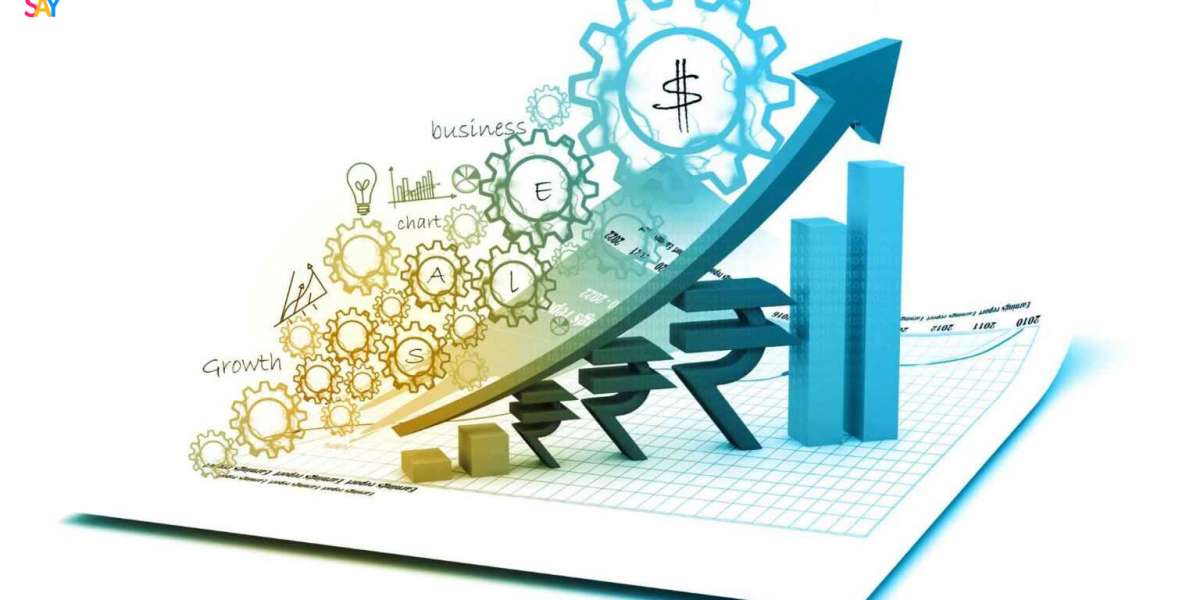The Indian rupee (INR) has recently exhibited signs of strengthening against the U.S. dollar, a development influenced by a confluence of domestic and international factors. Understanding these dynamics is crucial for stakeholders ranging from policymakers to investors. This article delves into the key drivers behind the rupee's appreciation and explores its future outlook.
- Current Account Deficit (CAD) and Trade Dynamics
India's Current Account Deficit (CAD) has historically been a significant determinant of the rupee's value. A narrowing CAD often signals reduced reliance on foreign capital, bolstering currency strength. Several factors contribute to this trend:
- Declining Oil Prices: Oil imports constitute a substantial portion of India's import bill. A 45% drop in global oil prices from previous highs has alleviated pressure on the CAD, supporting the rupee's appreciation.
- Export Growth: Initiatives positioning India as a manufacturing hub have led to increased exports. Notably, tech giants like Apple are diversifying supply chains to India, potentially adding $50 billion in exports. Additionally, IT and BPO sectors are projected to reach $350 billion in exports by 2026.
- Inflation and Interest Rate Differentials
The relative inflation and interest rates between India and its trading partners, especially the U.S., play a pivotal role in exchange rate movements:
- Inflation Convergence: For the first time in four decades, U.S. inflation has surpassed India's Consumer Price Index (CPI), narrowing the inflation differential. This shift reduces depreciation pressure on the rupee.
- Interest Rate Dynamics: Historically, higher interest rates in India led to rupee depreciation. However, with Indian rates stabilizing and U.S. rates rising, the reduced differential favors rupee appreciation.
- Foreign Capital Inflows
Robust foreign investments have been instrumental in strengthening the rupee:
- Equity and Debt Inflows: As the Federal Reserve initiates an interest rate easing cycle, equity portfolio flows into India are expected to be robust. Additionally, India's inclusion in JPMorgan's global bond indexes is anticipated to attract substantial debt inflows.
- Foreign Direct Investment (FDI): Policies like the Production-Linked Incentive (PLI) scheme and 'Atmanirbhar Bharat' are projected to boost FDI inflows beyond $100 billion annually, enhancing demand for the rupee.
- Economic Resilience and Fiscal Policies
India's economic fundamentals contribute to currency strength:
- Growth Prospects: With a projected growth rate of 7%, India stands as one of the fastest-growing major economies, attracting investment and supporting the rupee.
- Debt Management: A debt-to-GDP ratio of approximately 84%, lower than many developed nations, reflects prudent fiscal management, bolstering investor confidence.
- Technological Advancements in Currency
The introduction of the Digital Rupee, a Central Bank Digital Currency (CBDC) by the Reserve Bank of India (RBI), aims to:
- Enhance Payment Systems: Facilitate faster, cost-effective transactions, promoting a cashless economy.
- Reduce Operational Costs: Lower expenses associated with printing and managing physical currency.
- Global Economic Factors
External elements also influence the rupee's trajectory:
- U.S. Economic Policies: Uncertainties in U.S. trade policies under the Trump administration have led to a weaker dollar, indirectly benefiting the rupee.
- Federal Reserve Decisions: Anticipated interest rate cuts by the Federal Reserve could lead to capital flows favoring emerging markets like India, strengthening the rupee.
Future Outlook
Considering the aforementioned factors, the rupee's appreciation trend appears sustainable in the near term. Goldman Sachs projects the rupee to reach 81 per U.S. dollar over the next 12 months, driven by expected foreign capital inflows and favorable economic indicators.
However, challenges such as global economic uncertainties, potential shifts in oil prices, and domestic fiscal policies could influence this trajectory. Continuous monitoring and adaptive strategies will be essential to maintain and enhance the rupee's strength.
In conclusion, the Indian rupee's recent strengthening is a multifaceted phenomenon resulting from improved trade balances, narrowing inflation and interest rate differentials, robust foreign investments, sound economic fundamentals, technological innovations, and global economic dynamics. While the outlook remains positive, vigilant policy measures and strategic economic planning will be crucial to sustain this momentum.




